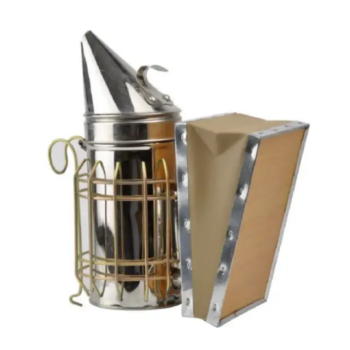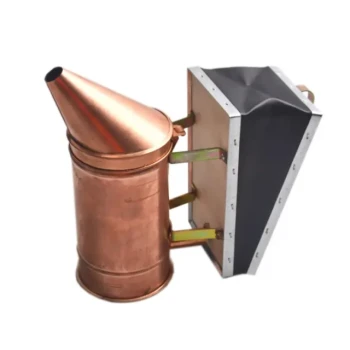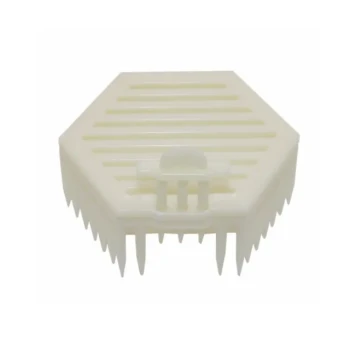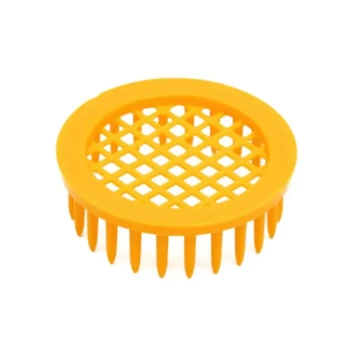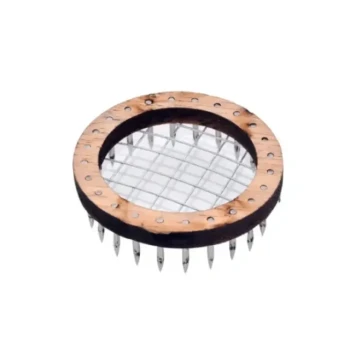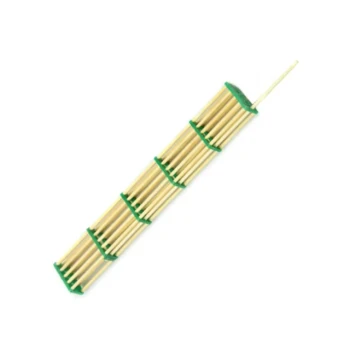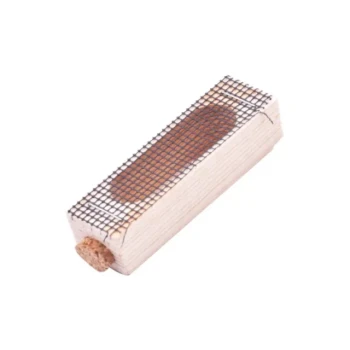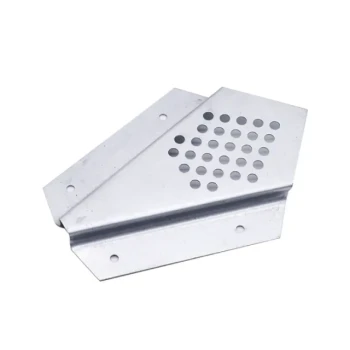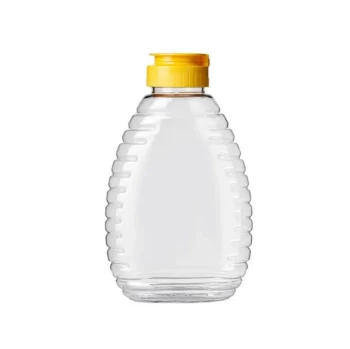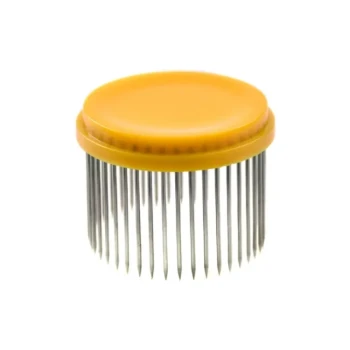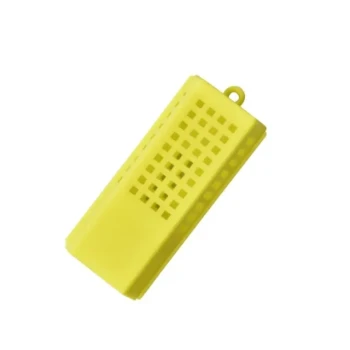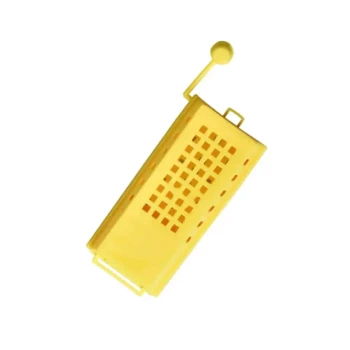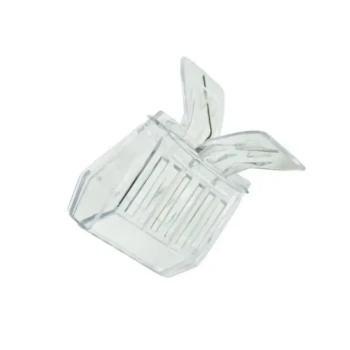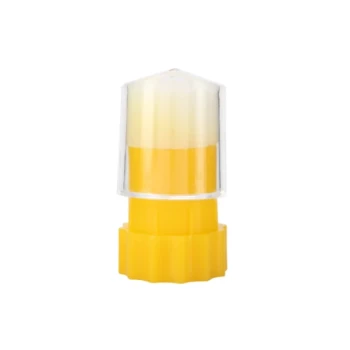In short, the hole in a hive's inner cover is a multi-function port. It is strategically designed to serve as an access point for feeding, a vent to control moisture and airflow, and an optional upper entrance for the bees. Its use changes depending on the season and the beekeeper's management goals.
The central opening in an inner cover is not merely a hole; it is a critical interface that allows a beekeeper to manage the hive's internal environment, provide resources, and control bee traffic without fully dismantling the hive.
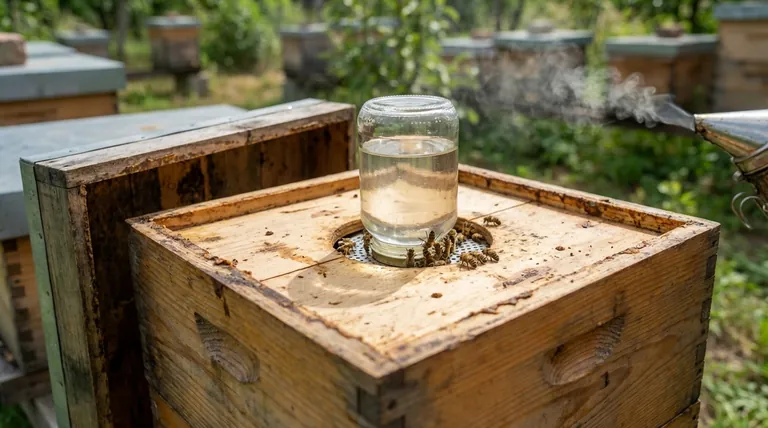
The Strategic Role of the Inner Cover
Before focusing on the hole, it's essential to understand the purpose of the inner cover itself. It is a simple but vital piece of equipment in a modern Langstroth hive.
### A Barrier Against Propolis
Bees use a sticky resin called propolis to seal cracks and glue parts of the hive together. The inner cover provides a predictable surface for this activity, preventing the bees from "gluing" the main telescoping cover directly to the frames below.
### Easing Hive Inspections
Because the outer cover isn't sealed down with propolis, it can be removed easily. The beekeeper can then puff a little smoke through the central hole to calm the bees before removing the inner cover, making for a much smoother inspection.
### Providing Insulation
The inner cover creates a dead air space between itself and the outer cover. This pocket of air provides an important layer of insulation, helping the colony regulate its internal temperature more efficiently.
Deconstructing the Central Opening's Functions
The simple hole or notch in the inner cover is what transforms it from a passive barrier into an active management tool.
### A Gateway for Feeding
The most common use for the hole is feeding. A beekeeper can place a container of sugar syrup, such as an inverted jar with small holes in the lid, directly over the opening.
This allows the bees to access the food from within the hive's warmth and safety, which is especially critical for providing emergency rations during late winter or early spring.
### Regulating Ventilation and Moisture
A colony of bees generates a significant amount of heat and water vapor. The hole in the inner cover acts as a vent, allowing this warm, moist air to escape the main hive cluster.
This is crucial for preventing condensation from dripping back onto the bees, particularly during the cold winter months when excess moisture can be fatal.
### An Upper Entrance for Bee Traffic
The opening can also serve as an upper entrance and exit for the hive. By propping the outer cover open slightly or using a shim, bees can come and go through the hole.
This can relieve traffic congestion at the main bottom entrance during a heavy nectar flow. It also provides a clear exit path in winter, ensuring bees are not trapped if the bottom entrance becomes blocked by snow or dead bees.
Understanding the Trade-offs
While the opening is useful, its management requires careful consideration. Simply leaving it open year-round is not always the best strategy.
### When Open is a Liability
An open hole allows heat to escape. During the cold of winter, excessive heat loss can stress the colony and force it to consume more stored honey just to stay warm.
For a weak colony, an upper entrance can also become an undefended access point for robber bees from stronger hives, which can quickly decimate the weaker colony's resources.
### Deciding When to Block It
Many beekeepers choose to block or screen the hole during certain periods. If a hive is weak and at risk of robbing, blocking the hole removes a potential vulnerability.
In very cold climates, some beekeepers may also block it to conserve maximum heat, though this must be balanced against the critical need for moisture ventilation.
How to Utilize the Inner Cover Hole Effectively
Your management of this feature should be dictated by the season and the specific needs of your colony.
- If your primary focus is supplemental feeding: Place a feeder directly over the hole inside an empty hive box to protect it from the elements and robbers.
- If your primary focus is reducing winter moisture: Place a shim under the outer cover to create a small gap, allowing moist air to escape through the hole.
- If your primary focus is relieving hive congestion: Use the hole as an upper entrance during peak nectar season by turning the inner cover to the notched side or adding a shim.
- If your primary focus is conserving heat in a small colony: Temporarily block the hole with a small piece of wood or screen, but continue to monitor for moisture buildup.
Ultimately, understanding this simple hole empowers you to more effectively manage the complex environment inside the hive.
Summary Table:
| Function | Purpose | Key Benefit |
|---|---|---|
| Feeding Port | Access point for internal sugar syrup feeders | Safe feeding within the hive's warmth |
| Ventilation | Allows warm, moist air to escape | Prevents deadly condensation in winter |
| Upper Entrance | Relieves congestion at the main hive entrance | Aids bee traffic during nectar flows |
Master hive management with the right equipment. HONESTBEE supplies durable, precision-made inner covers and other essential beekeeping supplies to commercial apiaries and distributors. Our wholesale-focused operations ensure you get the reliable tools needed to optimize hive health and productivity. Contact our expert team today to discuss your equipment needs.
Visual Guide
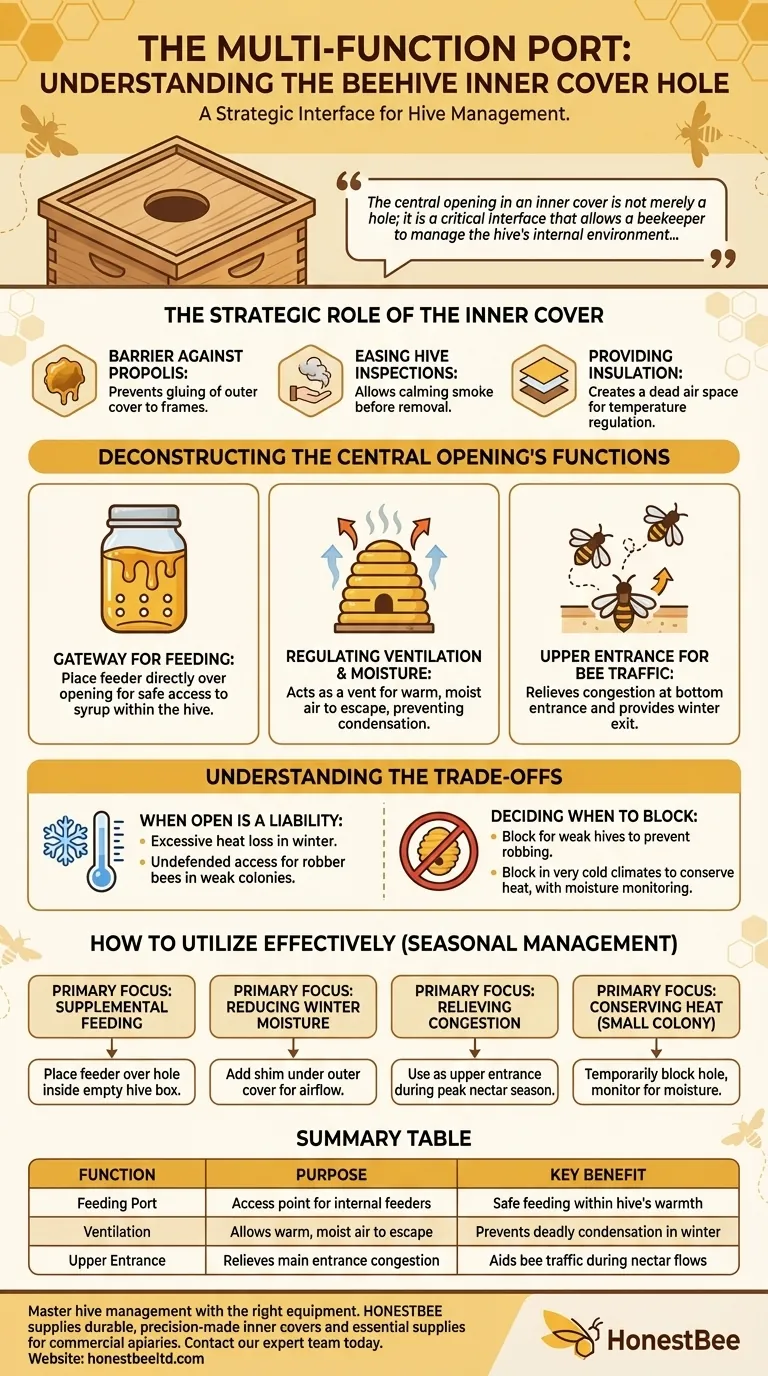
Related Products
- Long Langstroth Style Horizontal Top Bar Hive for Wholesale
- Black Plastic Beetle Barn Hive Beetle Trap for Beehives
- Stainless Steel Honey Bee Smoker Hive and Honeycomb Smoker for Beekeeping
- Premium Traditional Copper Bee Smoker with Bellows
- Yellow Plastic Bucket Pail Perch for Beekeeping
People Also Ask
- What are the main differences between Langstroth hives and top bar hives? Choose the Right Hive for Your Beekeeping Goals
- What are the benefits of a top bar hive? A Natural, Low-Impact Approach to Beekeeping
- What is a top bar bee hive? A Natural, Low-Stress Beekeeping Solution
- What are the benefits of the top bar hive? A Guide to Ergonomic, Natural Beekeeping
- How are entrances designed in top bar hives? Master Beehive Layout for Maximum Honey


